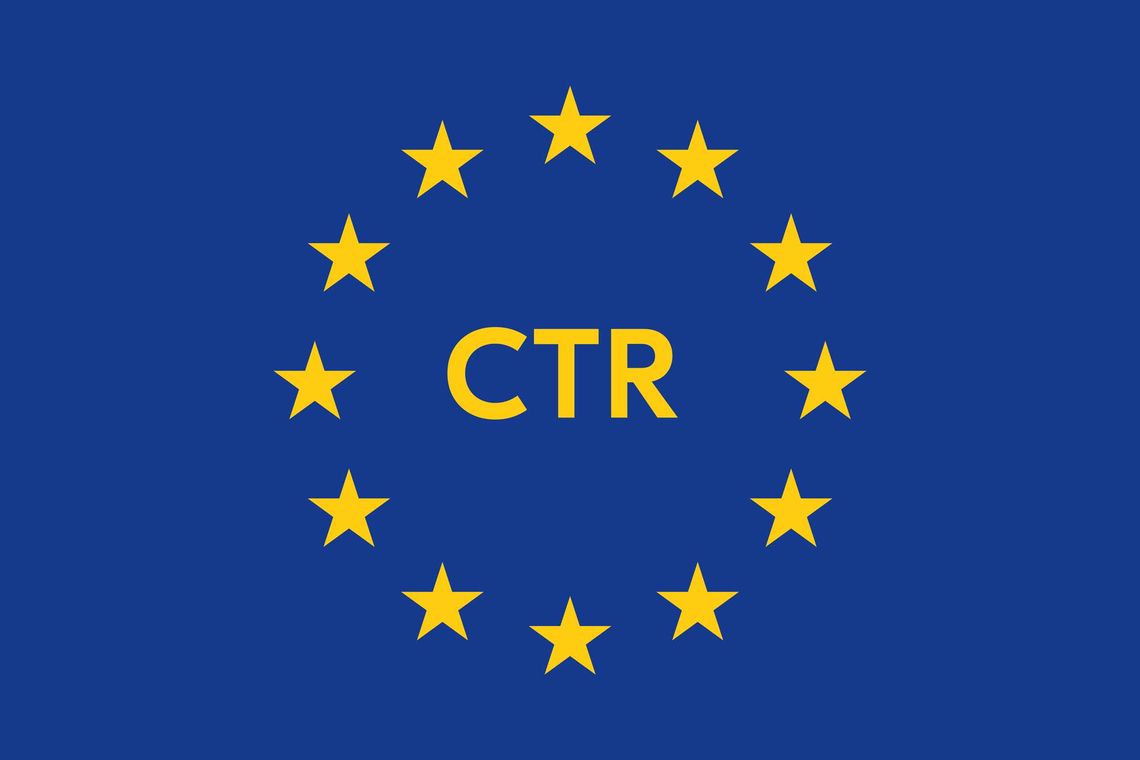For multi-national, long-term studies, submission via CTIS brings essential advantages, as this is done once centrally via the system and not separately for each country involved, as it was previously the case. This positive aspect does not apply to mono-national and especially single-site studies. On the contrary, submission via CTIS entails some elementary changes that should be considered when weighing up the submission strategy. We would like to list the most important points from our point of view below:
Type and form of submission:
As of January 31, 2023, CTIS must be used as the digital platform for submission. It should include a lay summary and should be submitted in two separate parts:
- Part I (Annex I CTR) includes general aspects with sections 1-10, such as the protocol, risk-benefit assessment, and IMP- documents on manufacturing and labeling.
- Part II contains the national aspects (sections 11-17) such as subject information, proof of qualification of the investigational site, proof of insurance, privacy statement, and information on compensation and biobanks.
Responsible Ethics Committee:
Under long-established procedures, the local ethics committee located at the site of the Principle Investigator is responsible. This clear regulation, which will cease to apply as of January 31, 2023, allowed the establishment of an almost partnership-based cooperation between CRO and the EC, with correspondingly well-rehearsed players. For example, we can take into account the learnings of previous projects in dealing with our local ethics committee and optimize the cooperation based on this.
The determination of the responsible ethics committee for applications submitted via CTIS is subject to the conditions of the respective EU member state. Thus, depending on national conditions, it may not be known at the time of submission which of the registered ECs will be responsible for evaluating the application.
Time to respond to regulatory queries:
Under CTR, the time to respond to regulatory queries is reduced from 90 to 12 days.
Archiving period:
The archiving period increases from 15 to 25 years.
Considering these issues, it may be appropriate to notify single-site studies by January 31, 2023 under the terms of the directive. Our medical team will be happy to inform you about possible timelines for implementing your project and other changes resulting from the implementation of the CTR. Do you have corresponding consulting needs? Use our contact form in the Medical section.

